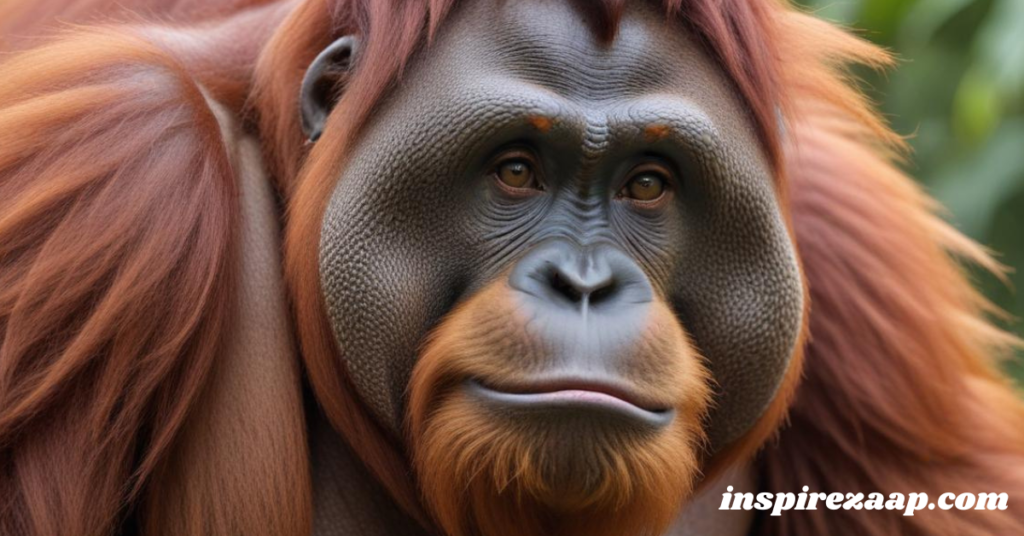In the animal kingdom, physical features often serve specific purposes that help species survive and thrive. One such intriguing feature is the big forehead found in certain animals. While it may appear to be an odd trait at first glance, a large forehead often plays a significant role in communication, survival, and evolutionary adaptation. Let’s dive deeper into why some animals have big foreheads and what these unique traits reveal about them.
Defining a Big Forehead
A “big forehead” in animals refers to a noticeably large or prominent frontal region of the skull or head. This characteristic is most commonly associated with species like dolphins, beluga whales, and great apes, but it is also seen in other animals. The prominence of the forehead is not random; it is often linked to specific functions that benefit the species in their environment.
Animals Known for Big Foreheads
Some of the most recognizable animals with big foreheads include:
- Dolphins and Whales: Known for their bulbous foreheads, particularly the beluga whale.
- Great Apes: Gorillas and orangutans display broad foreheads.
- Elephants: Their large skulls include a prominent forehead area.
- Certain Birds: Species like the cassowary have noticeable head features resembling foreheads.
Functions of Big Foreheads in Animals
The large foreheads seen in some animals serve various purposes, including:
1. Enhanced Cognitive Abilities
In species like great apes, a big forehead often correlates with a larger brain. The frontal lobe, located behind the forehead, is associated with problem-solving, planning, and complex social interactions. Animals with larger foreheads, such as chimpanzees and orangutans, are often more intelligent and exhibit behaviors like tool use and social bonding.
2. Communication and Echolocation
Marine mammals, such as dolphins and beluga whales, have big foreheads that contain a fatty structure called the melon. This melon is crucial for echolocation, a process that allows these animals to navigate, hunt, and communicate underwater. By emitting sound waves and interpreting the returning echoes, these animals can “see” their environment using sound.
3. Sexual Selection and Mating Displays
In some species, prominent foreheads are linked to attracting mates. For instance, a large forehead may be a sign of health, strength, or genetic fitness, making it an attractive trait for potential partners.
4. Defense and Physical Adaptations
Certain animals may use their foreheads as part of their defense mechanisms or physical adaptations. For example, elephants use their massive heads, including the forehead region, for tasks like uprooting trees or defending against predators.
5. Storage and Fat Reserves
In some species, a big forehead may serve as a storage area for fat or other tissues that provide energy during periods of scarcity. This is particularly true for animals like whales, where the forehead region plays a role in maintaining buoyancy and energy reserves.
Evolutionary and Environmental Influences
The evolution of big foreheads in animals is influenced by their environment and lifestyle. For example:
- Marine Mammals: The development of the melon in dolphins and whales is an evolutionary response to the challenges of underwater navigation and hunting.
- Primates: The broad foreheads in apes reflect the need for advanced cognitive abilities to survive in complex social groups and diverse habitats.
- Adaptation to Ecosystem Needs: In each case, the physical characteristic of a big forehead is shaped by the evolutionary pressures of survival and reproduction.
Common Misconceptions
It’s important to dispel the myth that a big forehead always indicates high intelligence. While there is a correlation in certain species, like primates, the function of a large forehead varies widely across the animal kingdom.
Conclusion
The presence of big foreheads in animals is not merely an aesthetic feature; it often serves critical biological, social, and survival functions. Whether aiding in echolocation, enhancing cognitive abilities, or attracting mates, this unique trait showcases the incredible adaptability of wildlife to their environments.
By understanding why some animals have big foreheads, we gain insight into the remarkable ways evolution tailors species to their needs. These fascinating adaptations remind us of the intricate connections between form, function, and survival in the natural world.


